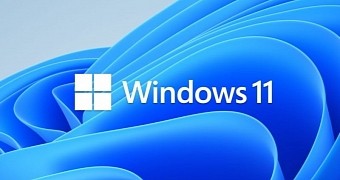Windows 1 has turned one, as Microsoft’s latest and greatest operating system reached general availability on October 5, 2021.
Windows 11 came with lots of changes versus the traditional modern Windows experience that most people were used to, including centered taskbar icons and a new Start menu inspired by Windows 10X (an operating system that has already been discontinued).
Needless to say, the operating system has evolved substantially since it was released to the first users, with Microsoft recently beginning the rollout of Windows 11 2022 Update (also known as version 22H2) to the first users.
The rollout of Windows 11 2022 Update is currently underway, and of course, it comes with big changes and new features.
One of them is the support for tabs in File Explorer, which is arguably one of the most requested features in Windows ever.
“Enhancements to File Explorer, including bringing tabs to File Explorer to help you organize your File Explorer sessions like you do in Microsoft Edge. The new homepage in File Explorer gives you quick access to your favorite and recent files, so you can pin important files for quick and easy access – even including information at a glance of colleagues’ actions on your shared files through the power of OneDrive and personalized suggestions based on your Microsoft 365 account,” Microsoft said when it announced the 2022 Update.
Microsoft hasn’t specific adoption figures for Windows 11, but according to the company’s latest numbers, Windows is currently “serving more than a billion people.”
In the meantime, it’s believed Microsoft is already working on the successor to Windows 11, with Windows 12 expected to launch in 2023 or 2024. Of course, this is just a rumor at this point, but given Windows 10 is projected to be retired in October 2025, we shouldn’t be too surprised if a new full Windows version goes live later this decade.

 14 DAY TRIAL //
14 DAY TRIAL //